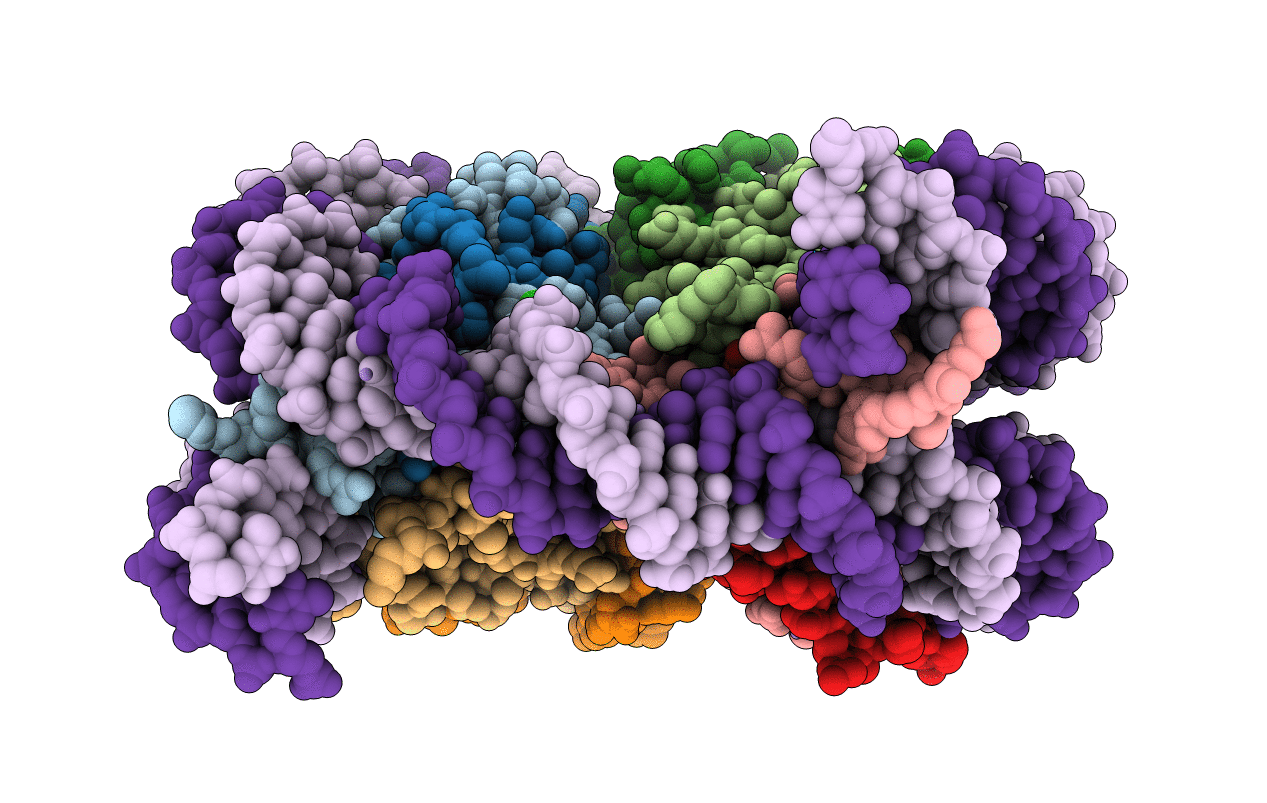
Deposition Date
2017-02-27
Release Date
2017-04-19
Last Version Date
2023-11-22
Entry Detail
PDB ID:
5X7X
Keywords:
Title:
The crystal structure of the nucleosome containing H3.3 at 2.18 angstrom resolution
Biological Source:
Source Organism:
Homo sapiens (Taxon ID: 9606)
Host Organism:
Method Details:
Experimental Method:
Resolution:
2.18 Å
R-Value Free:
0.25
R-Value Work:
0.22
R-Value Observed:
0.22
Space Group:
P 21 21 21


